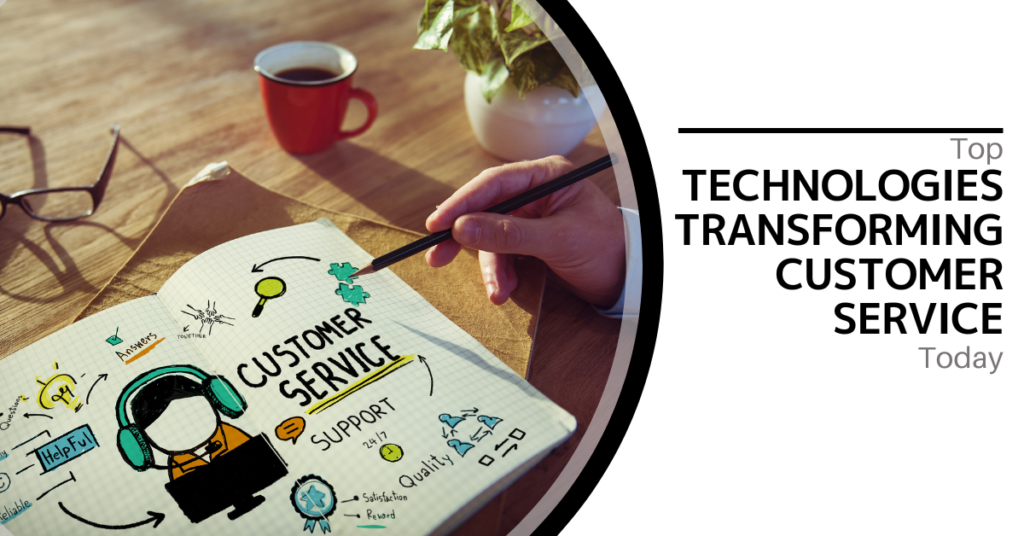Email is one of the most important communication tools for both individuals and businesses. However, it also remains a prime target for cybercriminals. With cyberattacks growing increasingly sophisticated, securing your email has never been more crucial. In fact, 95% of IT leaders report that cyberattacks are becoming more advanced, and 51% have already encountered AI-powered attacks in their organizations.
By taking a proactive approach to your email security, you can protect sensitive information, prevent unauthorized access, and maintain the integrity of your communications. Here are six simple steps to enhance your email security and protect yourself from potential threats.
1. Use Strong, Unique Passwords
Your password is your first line of defense against unauthorized access. Weak passwords make it easy for attackers to compromise your account. To strengthen your email security, always use strong, unique passwords that are difficult to guess.
Create Complex Passwords
A strong password should include a combination of:
- Uppercase and lowercase letters
- Numbers
- Special characters
Avoid using easily guessable information, such as your name or birthdate. The more complex your password, the harder it will be for attackers to crack.
Use a Password Manager
Remembering multiple complex passwords can be challenging. A password manager can securely store and generate unique passwords for all your accounts. This way, you only need to remember one master password, which simplifies the process while keeping your accounts safe.
Avoid Reusing Passwords
Reusing passwords across multiple accounts is risky. If one account is compromised, others using the same password are vulnerable. Ensure each of your email accounts has a unique password to minimize the risk of a single breach affecting everything.
2. Enable Two-Factor Authentication (2FA)
Two-factor authentication (2FA) adds an extra layer of protection to your email account. Even if someone gains access to your password, they won’t be able to log in without the second authentication factor.
Choose Your 2FA Method
Common 2FA methods include:
- SMS codes sent to your phone
- Authenticator apps that generate time-sensitive codes on your device
- Hardware tokens that provide a physical device to generate a code
Select the method that suits your needs and enable it for all of your email accounts.
Set Up 2FA for All Accounts
Most major email providers offer 2FA, and setting it up usually takes just a few minutes. By enabling 2FA on your email accounts, you significantly improve your account security and make it much harder for attackers to gain access.
3. Be Cautious with Email Attachments and Links
Email attachments and links are often used as vectors for malware and phishing attacks. Clicking on a malicious link or opening an infected attachment can compromise your system. Always exercise caution when interacting with emails.
Verify the Sender
Before opening any attachment or clicking on a link, make sure the sender is legitimate. If you receive an unexpected email from someone you know, contact them through a different communication channel to verify that they actually sent it. For emails from unknown senders, be extra cautious and avoid engaging with the content.
Scan Attachments
Always use antivirus software to scan email attachments before opening them. This will help detect and block any potential threats. Many email providers also offer built-in scanning features, but adding your own antivirus software adds an additional layer of protection.
Avoid Clicking on Suspicious Links
Be wary of links that seem unusual or too good to be true. Hover over links to preview their destination URL before clicking. If the URL looks suspicious or unfamiliar, don’t click it. Instead, visit the website directly through your browser.
4. Keep Your Email Software Updated
Software updates often include important security patches to fix vulnerabilities that could be exploited by attackers. Make sure to keep your email client and operating system up to date to protect against known threats.
Enable Automatic Updates
Most email clients and operating systems offer automatic updates. Enabling this feature ensures that your software stays updated without requiring manual intervention. This will help prevent missing out on critical security patches.
Manually Check for Updates
Even with automatic updates enabled, it’s a good idea to check for updates periodically. This ensures that you’re always protected by the latest security fixes and that your email client is functioning smoothly.
5. Use Encryption for Sensitive Emails
Encryption adds an extra layer of protection to your emails by encoding the content so only the intended recipient can read it. This is especially important when sending sensitive or confidential information.
Encrypt Emails Containing Sensitive Information
Whenever possible, use encryption to protect the content of your emails. Many email providers offer built-in encryption options, and you can also use third-party encryption tools for additional security.
Educate Recipients
If you’re sending encrypted emails, make sure the recipients know how to decrypt the content. Provide them with clear instructions on how to access the encrypted message securely.
6. Watch Your Email Activity
Monitoring your email account activity is crucial for detecting suspicious behavior. Regularly checking your email activity allows you to take swift action if anything unusual is detected.
Set Up Activity Alerts
Many email providers offer alerts for unusual account activity, such as login attempts or changes to account settings. Enable these alerts to stay informed about any potential security breaches.
Review Account Activity Regularly
Regularly review your email account’s login history and connected devices. If you notice anything unfamiliar, such as a login from an unrecognized device or location, change your password immediately and investigate further.
Respond Quickly to Suspicious Activity
If you detect suspicious activity, take immediate action. Change your passwords, review your security settings, and consider enabling additional protective measures such as 2FA.
Get Expert Email Security Solutions
Email security is essential for protecting your personal and professional information. At [Your Company Name], we offer solutions that can help reduce the risks of email compromise and phishing attacks.
Contact us today to learn more about how we can help you enhance your email security and protect your valuable data.




